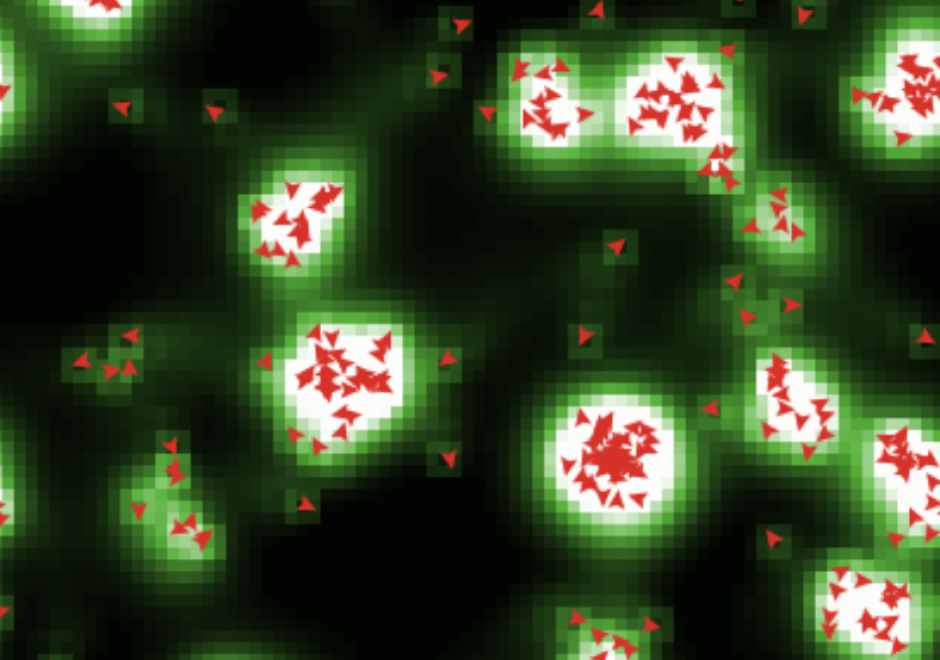AM-79 - Agent-based Modeling

Agent-based models are dynamic simulation models that provide insight into complex geographic systems. Individuals are represented as agents that are encoded with goal-seeking objectives and decision-making behaviors to facilitate their movement through or changes to their surrounding environment. The collection of localized interactions amongst agents and their environment over time leads to emergent system-level spatial patterns. In this sense, agent-based models belong to a class of bottom-up simulation models that focus on how processes unfold over time in ways that produce interesting, and at times surprising, patterns that we observe in the real world.

AM-79 - Agent-based Modeling
Agent-based models are dynamic simulation models that provide insight into complex geographic systems. Individuals are represented as agents that are encoded with goal-seeking objectives and decision-making behaviors to facilitate their movement through or changes to their surrounding environment. The collection of localized interactions amongst agents and their environment over time leads to emergent system-level spatial patterns. In this sense, agent-based models belong to a class of bottom-up simulation models that focus on how processes unfold over time in ways that produce interesting, and at times surprising, patterns that we observe in the real world.